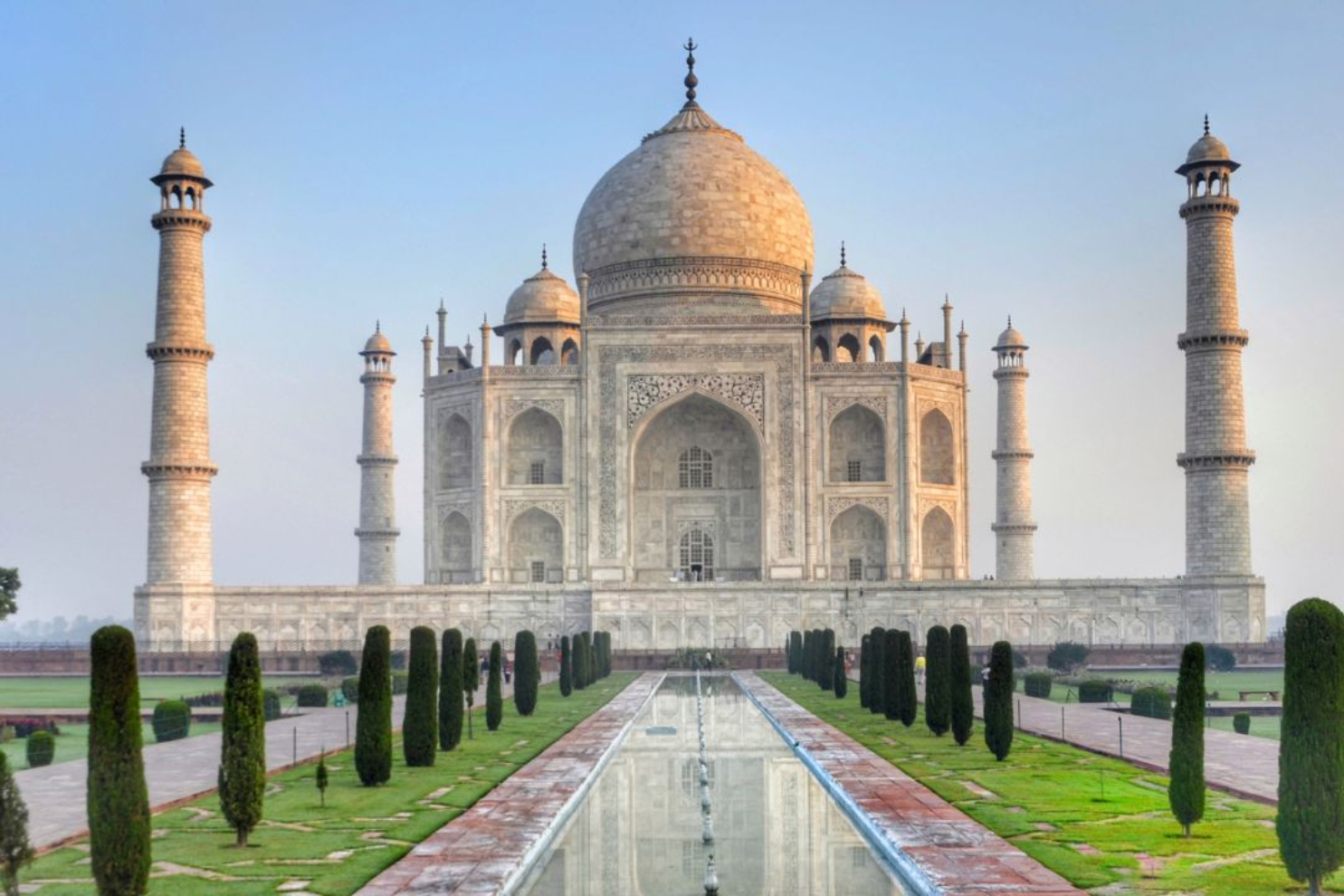Cultural Significance of the Taj Mahal in India
19 Sep,2024

The Taj Mahal's Cultural Significance in India
The Taj Mahal is much more than just an architectural wonder; it is frequently praised as one of the most exquisite structures on Earth. It captures the emotions, history, and rich cultural tapestry of India. For ages, people's hearts and thoughts have been captured by this Agra tomb made of white marble. Let's examine the Taj Mahal's enormous cultural significance in India.
Context of History
The Mughal Empire, renowned for its vast cultural and artistic accomplishments, is when the Taj Mahal was built. The emperor Shah Jahan, whose vision for the monument was greatly inspired by his time, was the one who ordered the construction of the Taj Mahal. Known for its majesty and extravagance, the Mughal Empire employed architecture to convey its strength and cultural refinement. Shah Jahan's personal commitment and the artistic talent of this era are both demonstrated by the Taj Mahal.
Marvelous Architecture
The Taj Mahal is the pinnacle of architectural genius. The Taj Mahal was created by Ustad Ahmad Lahauri and incorporates Persian, Indian, and Islamic architectural elements. Its grand dome, exquisite marble inlay work, and symmetrical design represent the harmony and unity of many cultures. The monument's design, which is still influencing builders today, captures the pinnacle of Mughal architecture.
The Taj Mahal as a Symbol of the Nation
The Taj Mahal is more than just a historical landmark in India; it is a representation of pride in the country and cultural identity. It symbolizes the historical significance and rich legacy of India. The monument is frequently included in marketing campaigns that highlight India's diverse cultural heritage. It represents India's capacity to meld several cultures to produce something classic.
Spiritual and Religious Significance
The spiritual ideals of the Taj Mahal's builders are reflected in its deep integration with Islamic traditions. The four minarets and the central dome, which stand for the Islamic paradise, are two examples of the Islamic architectural motifs incorporated into the monument's design. For many people, the Taj Mahal is a site of spiritual awe and contemplation as well as a mausoleum.
Impact of Tourism on the Economy
With millions of tourists visiting it every year, the Taj Mahal is one of the most popular tourist destinations worldwide. Agra's economy as well as the larger Indian economy are greatly impacted by this visitor inflow. The Taj Mahal is essential to the support of the local economy, from small enterprises to the hospitality sector. Moreover, tourism-related income contributes to the funding of conservation and preservation initiatives.
Indian arts: The influence of culture
Numerous literary, artistic, and poetic creations have been influenced by the Taj Mahal. Its image can be found in a variety of media, including books, films, paintings, and photos. The monument, which stands for love, beauty, and superior architectural design, has influenced artistic manifestations. It still acts as an inspiration for writers and artists, inspiring them to pursue their artistic ambitions.
India's Taj Mahal in Modern Times
The Taj Mahal is still a key attraction for cultural preservation and a source of pride for modern-day India. In order to guarantee that the monument will serve as an inspiration for upcoming generations, continual maintenance and restoration efforts are being made. Beyond just being a popular tourist destination, the Taj Mahal represents India's cultural significance and ongoing history.
Maintaining the Taj Mahal's Legacy
Preserving the Taj Mahal is essential to preserving its history. The main goals of conservation efforts are to safeguard the monument's structural stability, prevent environmental harm, and maintain its aesthetic appeal. The public's support and ongoing preservation efforts are critical to the Taj Mahal's future.
In summary
India places a great deal of cultural value on the Taj Mahal. It is not only a magnificent example of Mughal architecture but also a source of inspiration for artists, pride in the country, and introspection. The Taj Mahal, a reminder of India's rich past, never fails to enthrall and inspire, solidifying its status as a classic icon of cultural importance.






